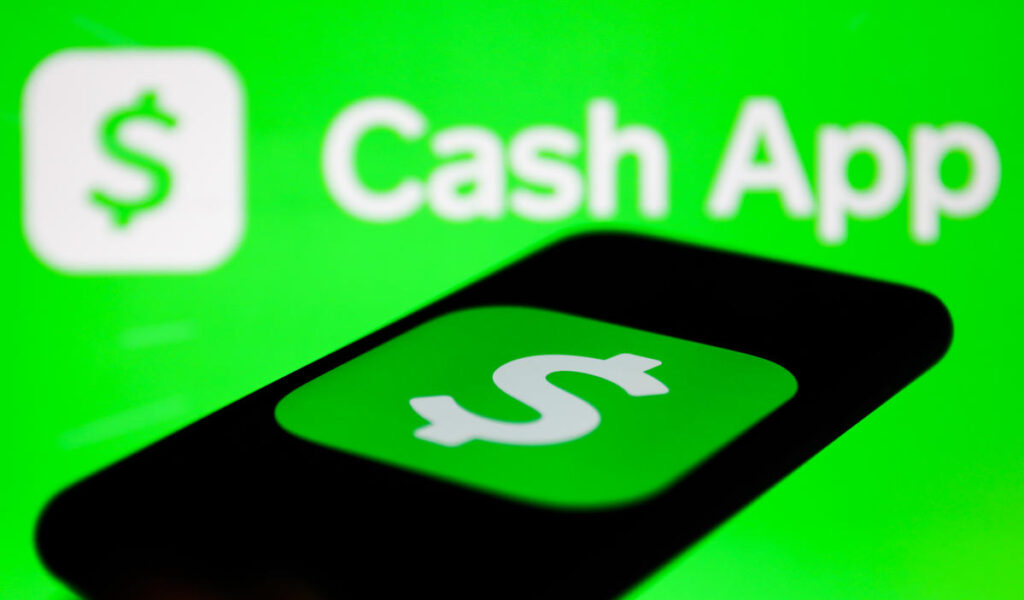Cash App, a widely recognized digital wallet and peer-to-peer payment platform, has expanded its offerings to include a high-yield savings account option that integrates seamlessly with its app. This savings account aims to assist users in building savings for emergencies or specific financial goals while providing a competitive interest rate, boasting returns that can be up to ten times higher than the national average. Despite its attractive features, prospective account holders should weigh both the advantages and disadvantages of Cash App’s savings account before opening an account. Key aspects to consider include the structure of the account, how funds are managed, and the requirements necessary to maximize interest earnings.
As a financial technology service rather than a traditional bank, Cash App has partnered with Wells Fargo to provide its savings account. This arrangement means that Wells Fargo holds the funds of Cash App users and ensures the competitive interest rates are fulfilled on deposits. Users of Cash App’s savings account can earn between 1.50% to 4.50% Annual Percentage Yield (APY), depending on their account setup and activities. Specifically, users who possess a Cash App debit card and receive at least $300 monthly in direct deposits can access the higher interest rate of 4.50%. Moreover, the account balances are insured by the Federal Deposit Insurance Corporation (FDIC) up to $250,000 for those who have the debit card; however, lack of this card means no insurance protection on account balances.
Opening a Cash App savings account is a straightforward process. Interested users need to download the Cash App and create a general account, followed by ordering a Cash App Card. This card acts not only as a debit card for purchases but also serves as a gateway to activate the savings account. Following card activation, users can make an initial deposit of at least $1 into their savings account and can set up direct deposit to achieve the highest interest rate. Importantly, users can transfer money freely between their Cash balance and savings account, with no limitations on the number of monthly transactions, allowing for greater flexibility in managing funds.
Comparing Cash App’s savings account to the national average, which hovers around 0.45% as of October 2024, its interest rates appear highly attractive. Those looking for low fees will find value in Cash App’s structure, as it charges minimal fees, predominantly a $2.50 fee for out-of-network ATM withdrawals. Users can also take advantage of convenient features, such as setting specific savings goals within the app and the ability to round up purchases made with the Cash App Card to boost savings. However, users who cannot meet the direct deposit requirement for the higher tier interest rate may feel limited, with the lower rate of 1.50% still being less favorable compared to other big players in the high-yield savings market.
For those evaluating whether to open a Cash App savings account, it’s wise to explore alternative high-yield savings options that may offer competitive interest rates and features that suit personal financial needs. For example, the SoFi High-Yield Savings Account provides access to a combined savings and checking account format with a competitive 4.30% APY, contingent on enrolling in direct deposit, and without any maintenance fees. Unlike Cash App, it features defined savings “vaults” for specific goals, along with additional services such as career coaching and financial advising.
The American Express High-Yield Savings Account also presents a compelling alternative with a 4.00% APY and zero minimum deposit requirements. Although it lacks ATM access, users can manage their accounts through mobile and online banking platforms, along with electronic transfers. Furthermore, the Capital One 360 Performance Savings account matches the competitive edge with a guaranteed 4.00% APY for all account balances and includes beneficial features such as automatic savings transfers. CIT Bank’s Platinum Savings account offers perhaps the highest maximum APY of up to 4.70%, although achieving that requires a minimum balance of $5,000.
Ultimately, assessing Cash App’s savings offering involves understanding not just its advantages but also recognizing potential drawbacks in context with competitive savings options available today. Careful consideration and comparison of account features, interest rates, and user needs play vital roles in determining whether a Cash App savings account aligns with individual financial goals, ensuring informed decision-making in the realm of savings accounts.

